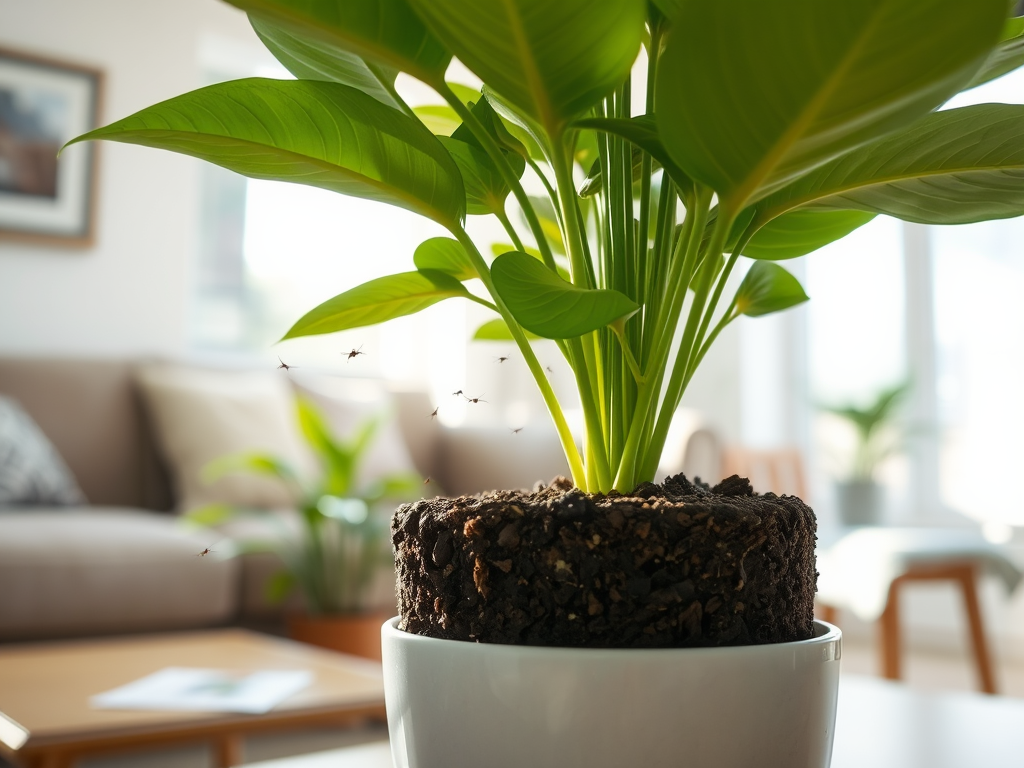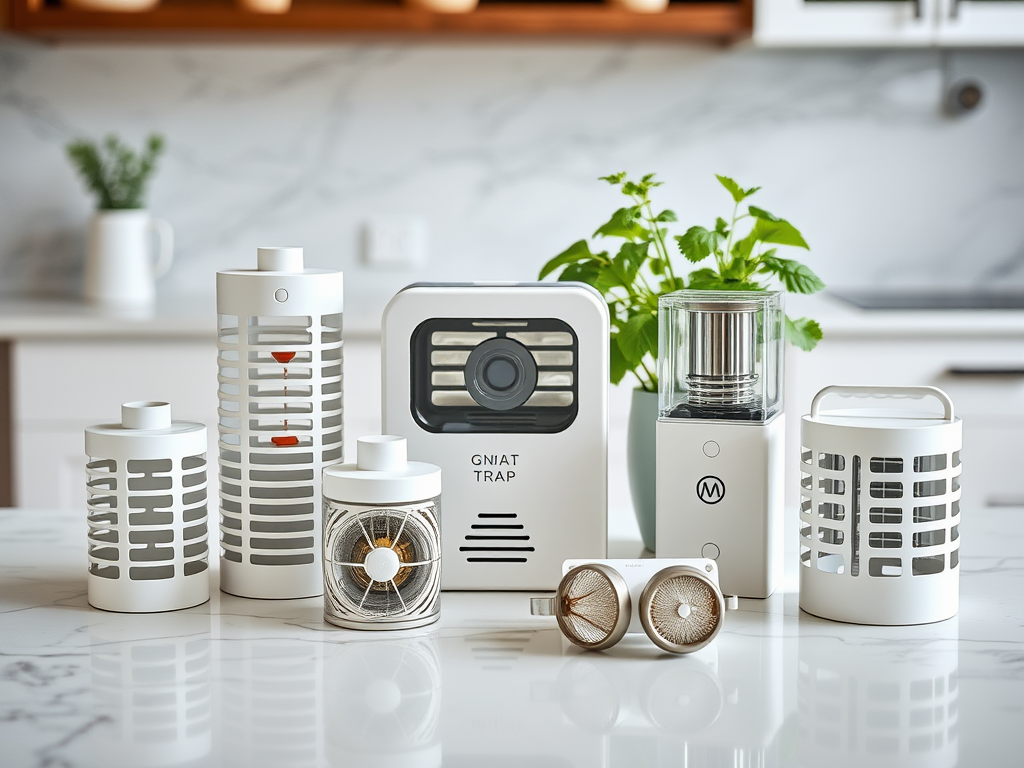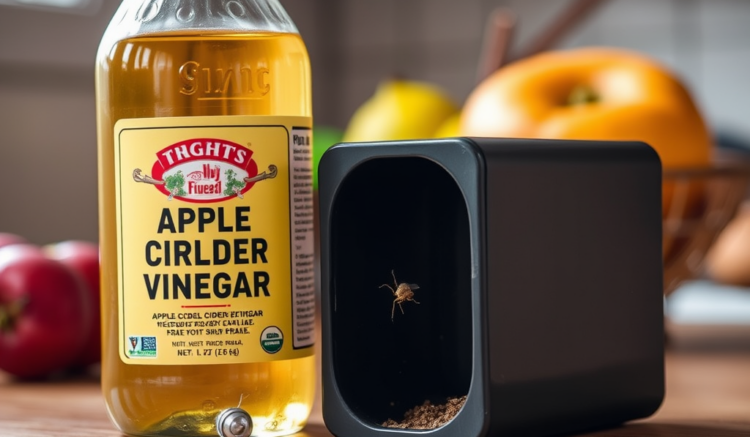When the warm air of summer arrives, so does an often-unwanted guest: the gnat. Sadly, these tiny nuisances can ruin outdoor gatherings and invade your indoor space, making their presence known all too quickly. However, what if you could turn the tables and attract them for trapping instead? Understanding the preferences of gnats can empower you to create effective traps that will help eliminate them from your surroundings. In this guide, we will explore their behaviors, feeding habits, and the best ways to sensibly catch them. By harnessing this knowledge, you can reclaim your space and enjoy a gnat-free environment.
Most gnat species, while irritating, can be effectively managed through a combination of keen observation and proactive measures. Understanding their life cycle and the elements that attract them will enhance your ability to trap these pests while preventing future infestations. From recognizing their preferred habitats to knowing what scents lure them in, each insight offers a piece of the puzzle for effective gnat management. Let’s dive into the world of gnats to better equip ourselves for the battle against these minuscule invaders.
Common Types of Gnats

Gnats are a broad category of small insects that fall into various species, each presenting unique challenges. Here’s a brief rundown of the most common types:
- Fungus Gnats: Primarily found in damp, organic-rich environments, often hovering around indoor plants.
- Fruit Gnats: These are attracted to overripe or rotting fruits, often invading kitchens and pantries.
- Biting Gnats: Also known as biting midges, these gnats feed on blood, causing itchy bites and discomfort.
Gnats’ Preferences

To effectively attract gnats, it is essential to understand what factors draw them to specific locations. These insects are particularly responsive to a variety of stimuli, including:
| Attraction Factor | Description |
|---|---|
| Light Sources | Gnats are attracted to natural light as well as artificial UV lights, often leading them toward windows and light traps. |
| Moisture | Wet areas, such as plant pots and compost heaps, create the perfect environment for gnats to thrive. |
| Sweet Scents | Gnats are drawn to sugary foods and decomposing matter, making sugary traps highly effective. |
This understanding allows you to set traps that cater to their preferences, providing the perfect bait for capturing them. Recognizing that gnats thrive in moist environments highlights the importance of maintaining dry areas in your home and garden. Additionally, sweet scents, whether from fruit or certain concoctions, can be ingeniously utilized to make your traps irresistible to these pests.
Effective Gnat Trapping Techniques
Once you have grasped what attracts gnats, effectively trapping them is the next step. Various trapping techniques can yield success, whether you prefer to make your own traps or buy commercial options.
Homemade Traps
Crafting your own traps can be both simple and fun, using items you likely have at home. Consider these easy recipes for DIY traps:
- Apple Cider Vinegar Trap: Pour apple cider vinegar into a bowl, add a few drops of dish soap, and place it in areas where gnats congregate.
- Wine Trap: Leave an open bottle of red wine uncovered; the scent will attract and trap gnats.
- Fruit Trap: Place a piece of overripe fruit in a jar, covering the opening with plastic wrap and poking small holes for gnats to enter.
While these homemade traps can be effective, there are also various commercial options designed with specific attractants and mechanisms to capture gnats.
Commercial Traps
For those who prefer to buy, many commercial products are available that use advanced technology and attractive scents. Consider these options:
- Sticky Traps: These traps utilize adhesive surfaces drenched in attractants to catch flying insects.
- Ultraviolet Light Traps: Devices that lure gnats with light and trap them on a sticky board.
- Multi-attractant Traps: Traps that utilize both light and scents to maximize gnat attraction.
Maintaining an Environment that Deters Gnats
Though trapping is essential, maintaining a gnat-free environment is equally crucial. The following preventive measures can significantly reduce the chances of infestation:
Proper Waste Management
Regular waste disposal is fundamental in keeping gnats at bay. Here are some key practices:
- Dispose of food scraps immediately and keep bins covered.
- Maintain cleanliness in your kitchen by wiping down surfaces and removing spills.
- Regularly check and clean compost bins to avoid attracting gnats.
Indoor Plant Care
If you have houseplants, ensure proper care to prevent fungus gnats:
- Allow the soil to dry between watering sessions.
- Use well-draining pots and soil mixtures.
- Identify and remove dead foliage promptly to discourage breeding.
Conclusion
Attracting and trapping gnats can be effectively achieved by understanding their preferences and implementing practical strategies. By utilizing light, moisture control, and attractants, the traps you set will be more successful. Additionally, maintaining cleanliness and proper waste management will significantly deter future infestations. With mindful observation and action, you’re not just reacting to gnat problems—you’re preventing them.
Frequently Asked Questions
- What causes a gnat infestation? Gnats are typically drawn to decaying organic matter, overwatered plants, and food sources, leading to infestations.
- How do I get rid of gnats in my house? Utilize DIY traps, maintain hygiene by managing waste and compost, and ensure proper care of indoor plants.
- Are commercial traps more effective than homemade traps? Commercial traps may use refined attractants and specialized designs, making them effective, but homemade traps can still be very successful with the right ingredients.
- Do gnats bite? Most gnat species do not bite humans but can be annoying; however, some, like biting midges, can.
- Can I prevent gnats from coming back? Yes, by keeping your environment clean, managing moisture levels, and removing potential food sources, you can deter gnats from returning.
